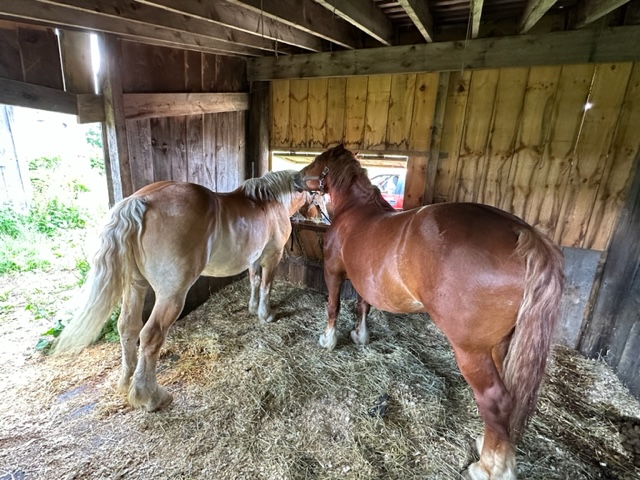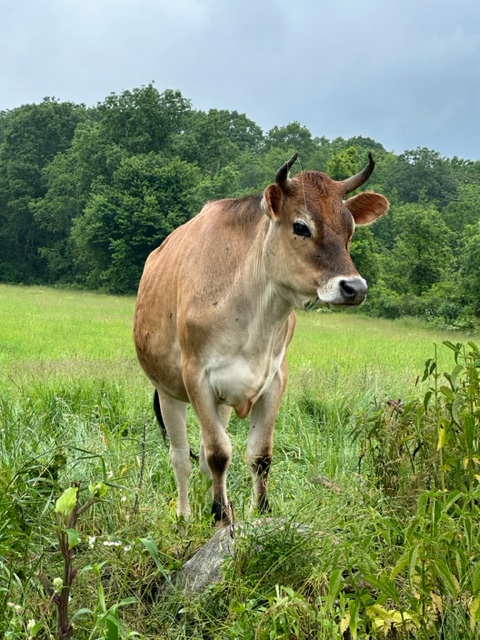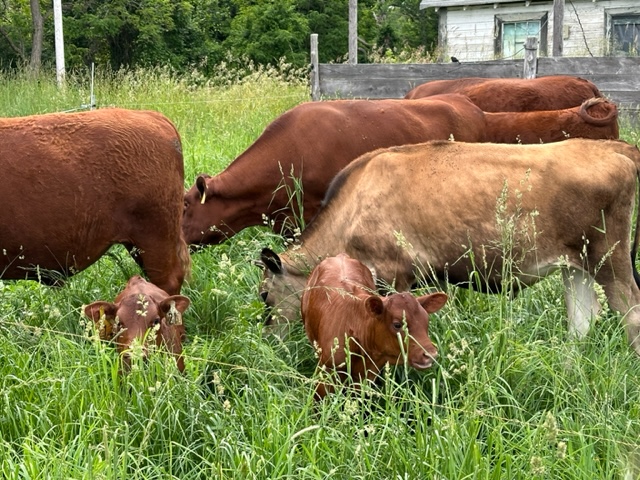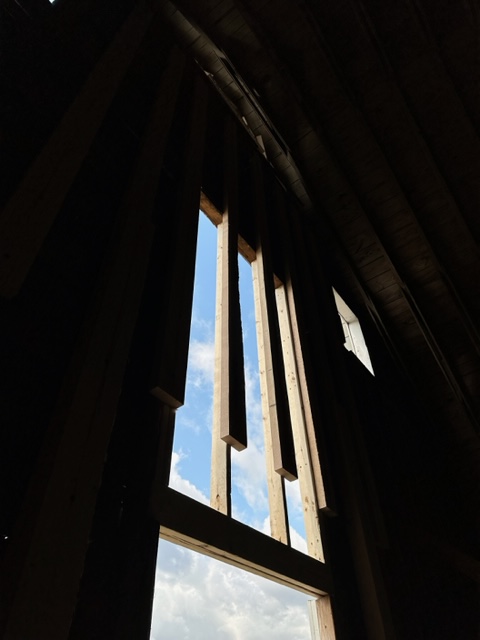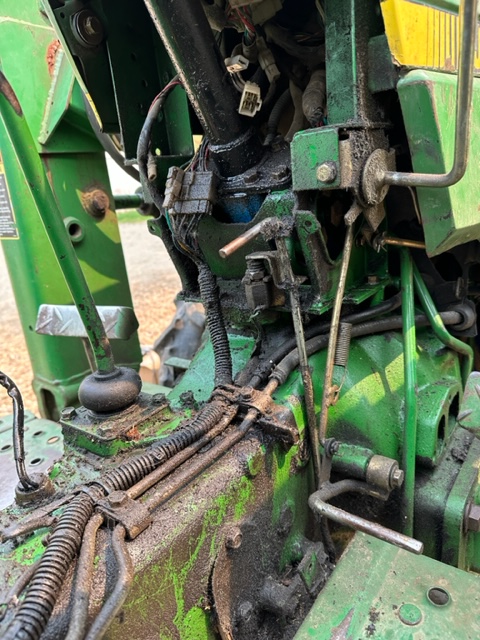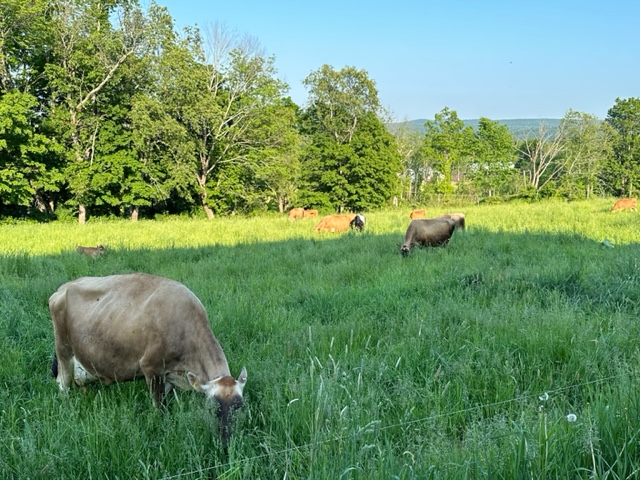Farm School summer programming starts on Monday, so we spent most of this week meeting, planning, and getting things ready to host kids again. A wonderful group of summer staff arrived on the farm and needed orientation, training and a chance to settle in, and we had to make sure that the schedule, facilities and plans are in place to welcome kids into the work of the farm for the summer. The farm is going full speed now here at the end of June, and there is plenty of work to get done for everyone who joins us. The veggie fields are flourishing, the animals are looking great out there eating all of that fresh spring growth, and the barn swallows are zipping around everything catching bugs to feed their fledgelings. The barn swallows, I think my favorite part of the season, will try to raise two groups of chicks in a summer, and they are almost done with the first set here at the end of June. We experienced a super dry stretch from the middle of May through until just about a week ago, and I am pretty certain that the insect populations that the swallows depend on were negatively affected by the lack of moisture. I am wondering if the tight cycle of hatching and fledging that the birds follow has been impacted or delayed by the dry weather and reduced insect numbers, but they do seem to be having a great time now that the rain has returned and the insect populations are exploding. The adult birds catch insects in the air and feed them to their fledged chicks in mid-air as they are learning to fly and figure out life outside of the nest, and this practice is one of the most amazing things that I have ever witnessed at the farm.
After the dry weather that dominated our spring, and the little bit of rain that came last week, we have now entered a really unique weather pattern that I have not seen around here in years. Our ten-day forecast looks to be an almost identical repeat of the same thing every day for ten days at least, with intense humidity, high temperatures on either side of eighty and night time lows in the middle sixties, and thunderstorms every afternoon. It seems that a series of large storms will pass over us spinning warm humid air up from the south, and that upper level air will stay cool enough that the two air masses will rub up on each other enough to churn up storms every afternoon once things get warmed up. It has been quite a while since I have seen ten consecutive days with the same weather forecast, and I wonder how we’ll all hold up under such repetitive and humid conditions. I am happy to get the rain though, and eager to see our pastures drink their fill and get growing again.
Our dairy cow Penguin delivered a calf on Monday morning, and after two good days of mothering and milking, she has run into all kinds of trouble. At the time of this writing, I expect that she will be euthanized today or tomorrow after several visits from the veterinarians over the past week. The general diagnosis is that her liver is failing her and that this failure is leading to a bunch of metabolic and physical difficulties. She has been down since Wednesday, and has not eaten over that stretch, though we have pumped food into her stomach. Similar to the demise of Phoenix last spring, Penguin’s liver seems to have been unable to handle the stresses of calving and freshening, and she has had both Milk Fever and Ketosis, and seems to have lost the ability to get up. Penguin was born in 2016, so she is about seven years old by now, and has been a great cow for us over that stretch. She was really difficult to breed in her youth, and she used to join the beef herd every fall to spend some time with their bull, then come back to us in the dairy to rejoin the milking lineup. I think that she is the herd boss right now, having replaced Phoenix, so I guess the girls will be looking for a new leader again. Her calf, named Patricia after her grandmother Patty, is doing great, staying by her mother, and drinking three bottles of milk per day. I am optimistic that we’ll be able to get Rio to adopt Patricia when the time comes, and she has raised two calves at the same time often before. This has certainly been a difficult stretch for our cow herds, and I have buried several animals over the past couple of months. Rio ran into plenty of difficulty after her calving, and it was only through some pretty intensive intervention by the veterinarian that she pulled through. Livestock farming can break your heart if you let it, and the connections that we develop with these wonderful animals, so rewarding as we partner with them through so much, can cut deep when things go bad at the end. We do the best we can by all of the animals that we raise, and strive to keep them comfortable leading quality lives until their last day.
Another older dairy cow, Eclipse, is due to deliver her 2023 calf at the end of next week, and we are all hoping that she can navigate a smoother and more successful passage through this process. She is a year younger that Penguin, and comes from a different genetic line, so I am hopeful things will go better.
